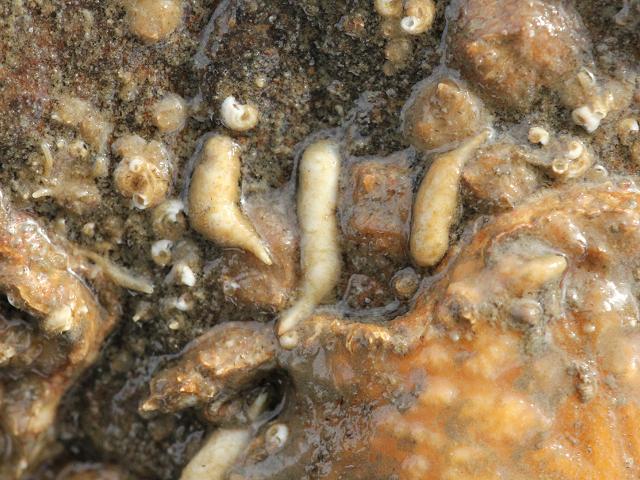
APHOTOMARINE
An educational resource dedicated mainly to the photography
and diversity of marine life that can be found in coastal waters
and intertidal areas of Great Britain and Ireland by David Fenwick.

Fecampia erythrocephala Giard, 1886 - Parasitic crab flatworm (Flatworms)
Scroll down and rollover titles to change screen image or click on title to view image.
Parasitic crab flatworm
Fecampia erythrocephala
- at Newlyn Harbour 1
Fecampia erythrocephala
- at Newlyn Harbour 1
Parasitic crab flatworm
Fecampia erythrocephala
- cocoon under stone 1
Parasitic crab flatworm
Fecampia erythrocephala
- cocoon under stone 2
Parasitic crab flatworm
Fecampia erythrocephala
- cocoon under stone 3
Parasitic crab flatworm
Fecampia erythrocephala
- cocoon under stone 4
Parasitic crab flatworm
Fecampia erythrocephala
- cocoon under stone 5
Parasitic crab flatworm
Fecampia erythrocephala
- cocoon under stone 6
Parasitic crab flatworm
Fecampia erythrocephala
- cocoon under stone 7
Parasitic crab flatworm
Fecampia erythrocephala
- cocoon under stone 8
Parasitic crab flatworm
Fecampia erythrocephala
- cocoon on algae 1
Images of species taken at Spit Point, Par, near St. Austell, Cornwall; on several dates. Also found at Chimney Rocks, Penzance, Cornwall. 08.04.11.
Parasitic crab flatworm
Fecampia erythrocephala
- cocoon on Saw Wrack 1
Specimen above was found on Saw Wrack, Fucus serratus, at Porthcressa, Hugh Town, St. Mary's, Isles of Scilly, 24.07.17.
The cocoons of this species are typically found under flat slate rocks on the middleshore. This species is parasitic on the Shore crab, Carcinus maenasma. On the 23.03.11 over twenty cocoons were collected at Spit Point by the author for research purposes.
This species has also, unusually been found at Tavis Vor, Mousehole, Cornwall, 08.05.12; on stalks of the marine algae
Cystoseira tamariscifolia, Rainbow wrack.

The main objective of this website is in furthering environmental awareness and education through the medium of photography. To increase awareness and access to the wildlife of the region and help
people find and identify it. Sometimes the difference between species is obvious but many species can only be determined by observing microscopic characteristics that are specific to any one species.